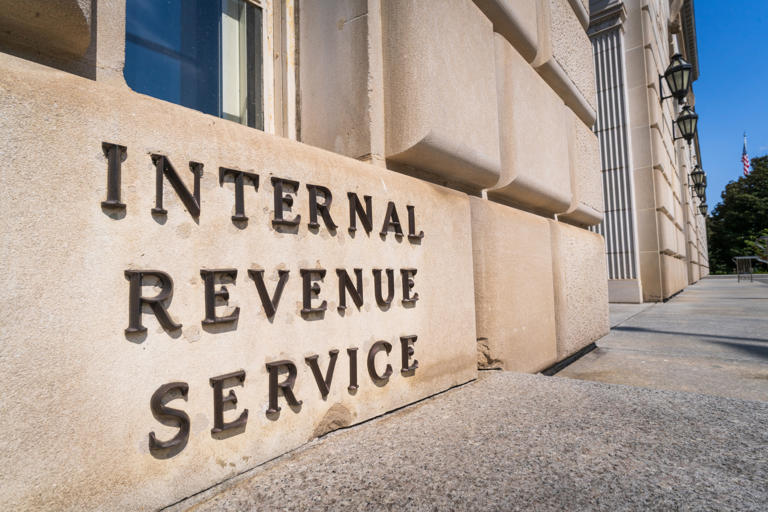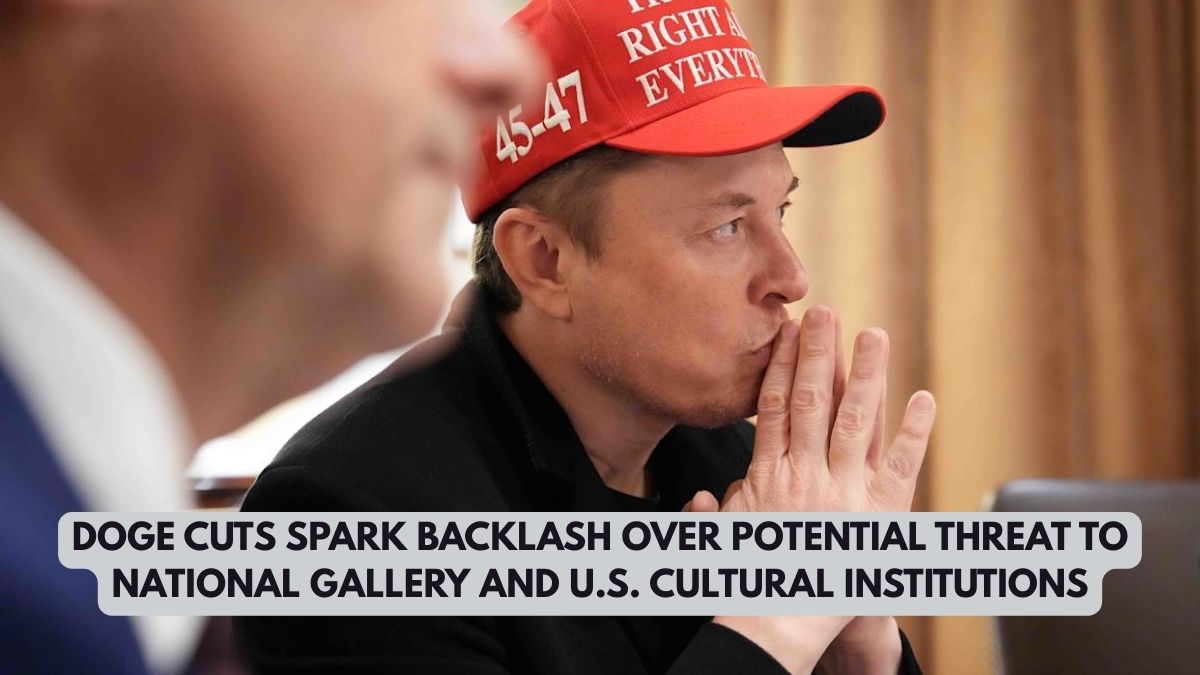In a climate of sweeping budget reforms and intense scrutiny over government spending, a speculative headline — “DOGE Targets National Gallery: Elon Musk’s Cost-Cutting Team Goes After US’s Cultural Pillars” — has stirred up debates across social media and policy circles.
While the claim that DOGE, Elon Musk’s “Department of Government Efficiency,” is directly targeting iconic cultural institutions like the National Gallery of Art remains unsubstantiated, the controversy shines a light on the broader and very real implications of the federal cost-cutting initiative launched under the Trump administration.
What Is DOGE?
The Department of Government Efficiency (DOGE) was created in late 2024 by former President Donald Trump. It’s spearheaded by tech billionaire Elon Musk and entrepreneur Vivek Ramaswamy. The aim? Slash federal spending by up to $2 trillion over the next decade by eliminating what the team sees as bloated, inefficient, or redundant government operations.

According to the Office of Management and Budget (OMB), DOGE functions as a quasi-consulting body that evaluates federal agencies and submits recommendations to Congress. The White House has positioned DOGE as a fast-moving, Silicon Valley-inspired “task force” to overhaul bureaucracy.
However, the initiative’s early results have fallen short of its ambitious promises. Recent reporting by Business Insider indicates DOGE’s actual cost savings for the fiscal year 2026 have been revised down to just $150 billion — far less than the original multi-trillion-dollar forecast.
Cultural Institutions and DOGE: A Real Threat or Media Speculation?
While the viral headline hints at federal arts funding cuts targeting institutions like the National Gallery, there is currently no verified information suggesting that DOGE has made specific recommendations regarding the defunding of America’s premier cultural establishments.
That said, the concern isn’t entirely baseless. DOGE’s known targets have included a wide array of federal departments — and the arts are often among the first on the chopping block when fiscal tightening intensifies.
For example, the Trump administration in its earlier term proposed defunding the National Endowment for the Arts (NEA), a key source of grants and operational funding for public museums, orchestras, and galleries across the U.S. Though Congress ultimately preserved NEA funding, the DOGE initiative revives anxieties around similar proposals.
Should DOGE push for drastic reductions to cultural funding, the downstream effects could be severe — from limiting public access to art and heritage to halting acquisitions, education programs, and conservation efforts.
Broader Impacts: Cuts to Education, Housing, and Global Aid
Where DOGE has taken confirmed action is in reshaping agencies that touch the daily lives of millions. According to Forbes, DOGE has advocated significant reductions to the following:
- Department of Education: Proposals include eliminating federal grants for liberal arts programs and pushing more responsibilities to states.
- U.S. Agency for International Development (USAID): DOGE has flagged global development spending as “inefficient,” recommending a freeze on all new non-emergency grants.
- Consumer Financial Protection Bureau (CFPB): The Bureau, which was set up after the 2008 financial crisis, has seen recommendations for staff reductions and narrowed oversight powers.
These proposed cuts have alarmed advocacy groups, many of whom fear the erosion of public education standards, financial consumer protections, and America’s humanitarian leadership abroad.
Transparency and Accountability Concerns
DOGE operates with minimal public oversight, and critics have raised questions about the transparency of its internal assessments. Some watchdogs argue that the department’s quick decision cycles, while efficient, sidestep the thorough vetting typically required in federal audits.
Groups such as Project on Government Oversight (POGO) have urged Congress to introduce stricter reporting requirements for DOGE’s recommendations and called for public disclosure of cost-benefit analyses used to justify proposed cuts.

What Lies Ahead
As the 2026 budget negotiations ramp up, the Biden administration and Congressional leaders will face pressure to accept, revise, or reject DOGE’s recommendations.
Some Democrats have already signaled strong resistance, particularly to cuts in education and the arts, while some Republicans welcome the initiative as long-overdue fiscal discipline.
Whether or not DOGE actually goes after the National Gallery or similar institutions, its overarching impact on federal priorities is already taking shape — and the public discourse will need to remain vigilant as the consequences unfold.
For updates on federal budgets and funding impacts on cultural institutions, visit Congress.gov and the U.S. Government Publishing Office (GPO).
This article has been carefully fact-checked by our editorial team to ensure accuracy and eliminate any misleading information. We are committed to maintaining the highest standards of integrity in our content.

Deepak Grover is a dedicated content writer at OTE News, specializing in government affairs, public policy, and current events. With a keen eye for detail and a passion for factual reporting, he ensures readers receive accurate and insightful news. Deepak holds a degree in Political Science and has experience in research-driven journalism.
When not writing, he enjoys reading historical books, exploring hiking trails, and staying updated with global political trends. His commitment to ethical journalism makes him a trusted voice at OTE News.




